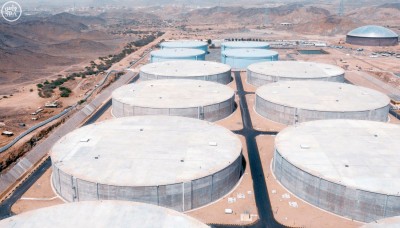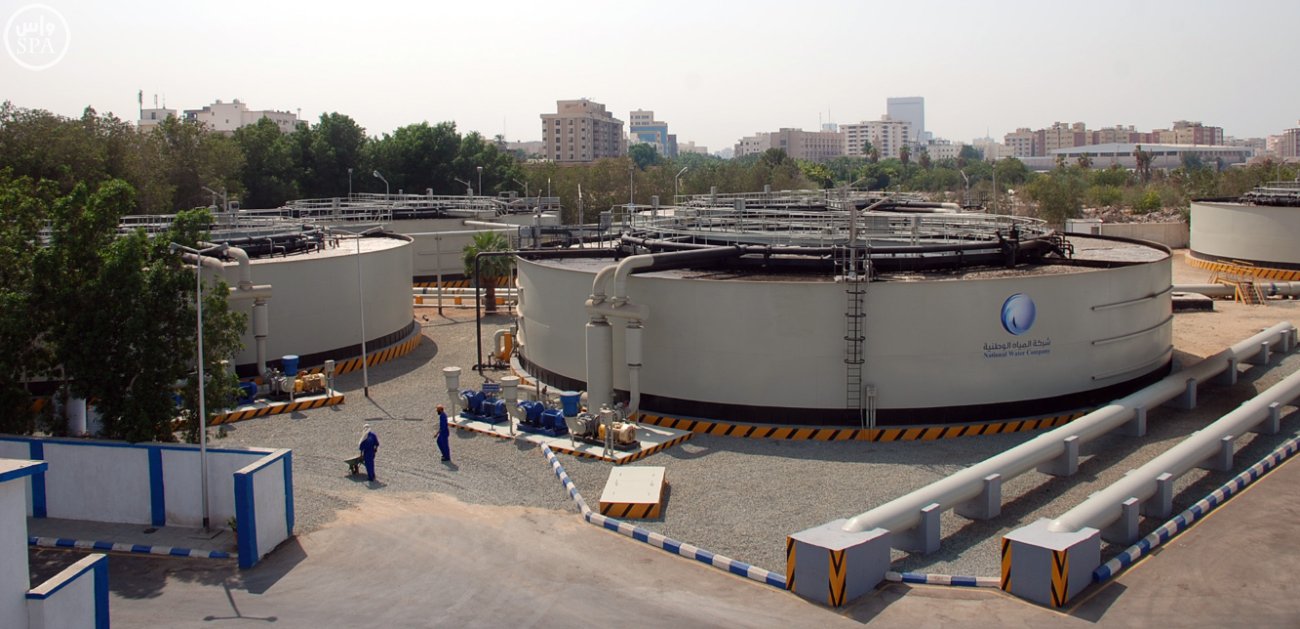The first worldwide adsorption water desalination and cooling plant has been successfully implemented by King Abdulaziz City of Science and Technology (KACST) in August 2016, the university said in a press release, as the Kingdom continues to be a global leader in desalination technology.
Adsorption Desalination and Cooling (ADC) is a newly invented technology, co-owned between National University of Singapore (NUS) and KAUST.
“It is currently one of the most promising thermal desalination and cooling technologies, capable of treating direct seawater, brine water, and other highly polluted industrial wastewater, with minimum pretreatment required, and with very low electrical consumption (below 1.2 KWh/m3) and low OPEX costs (below 0,40$/ m3),” KAUST said.

Saudi Arabia produces 18% of the world’s desalinated water.
The project was initiated in April 2014 through a collaboration agreement with King Abdullah University of Science and Technology (KAUST), TAQNIA (Saudi Investment Company) and MEDAD TECHNOLOGIES Pte. Ltd. (a Singapore start-up company exclusively holding pending patent rights for this technology).
Saudi Arabia, a nation with extremely limited fresh water resources, has invested in and developed new technologies to provide water to its cities, towns, and booming population.
The Kingdom is the largest producer of desalinated water, producing a total of 18% of the world’s desalinated water from 28 desalination plants on the Red Sea and Arabian Gulf coasts. The Saline Water Conversion Corporation (SWCC)’s total supply increased 15% in 2015 compared to the previous year, and 60% of the Kingdom’s water requirements comes from the desalination corporation.
In 2014, Saudi Arabia started producing purified water at the 27 billion-riyal ($7.2 billion) Ras al-Khair desalination plant, located on the Arabian Gulf northwest of city of Jubail. As Bloomberg reported, when fully built out after this first phase, the complex “will be the world’s biggest seawater desalination facility with a production capacity of 1.025 million cubic meters (264 million gallons) of drinking water a day and 2,600 megawatts of electricity.”









